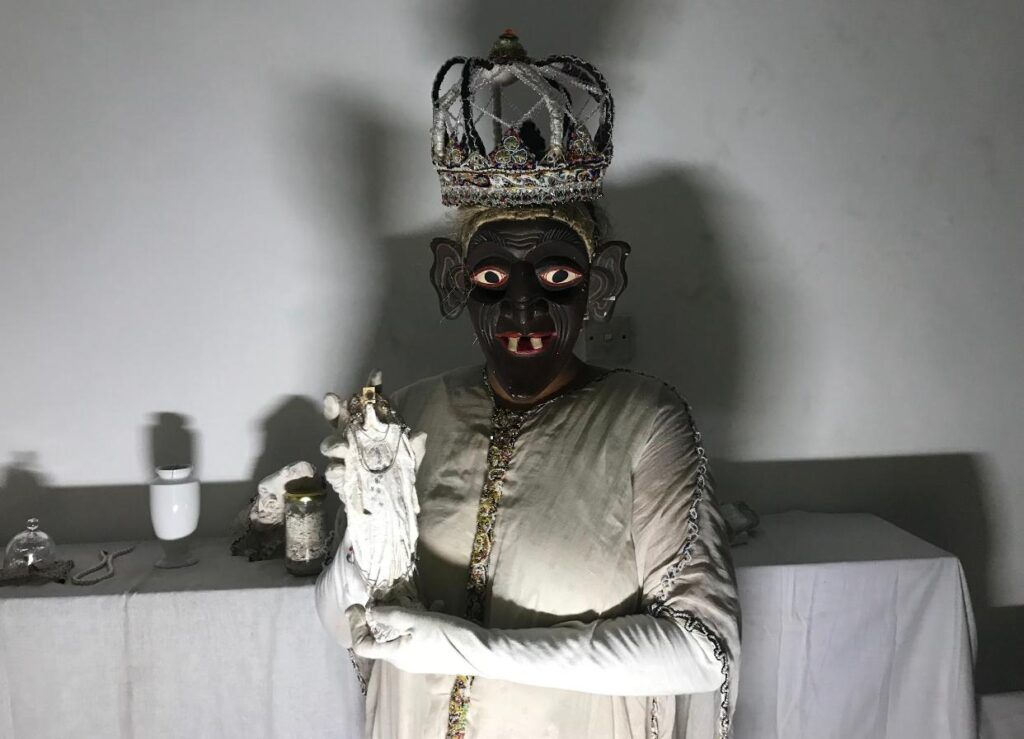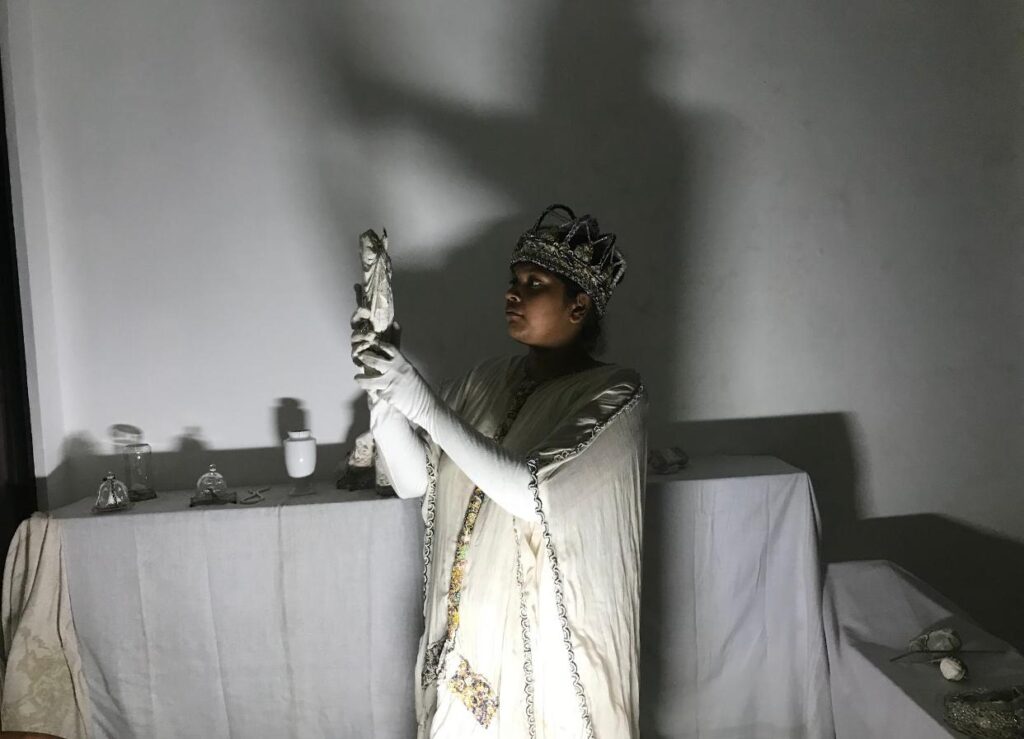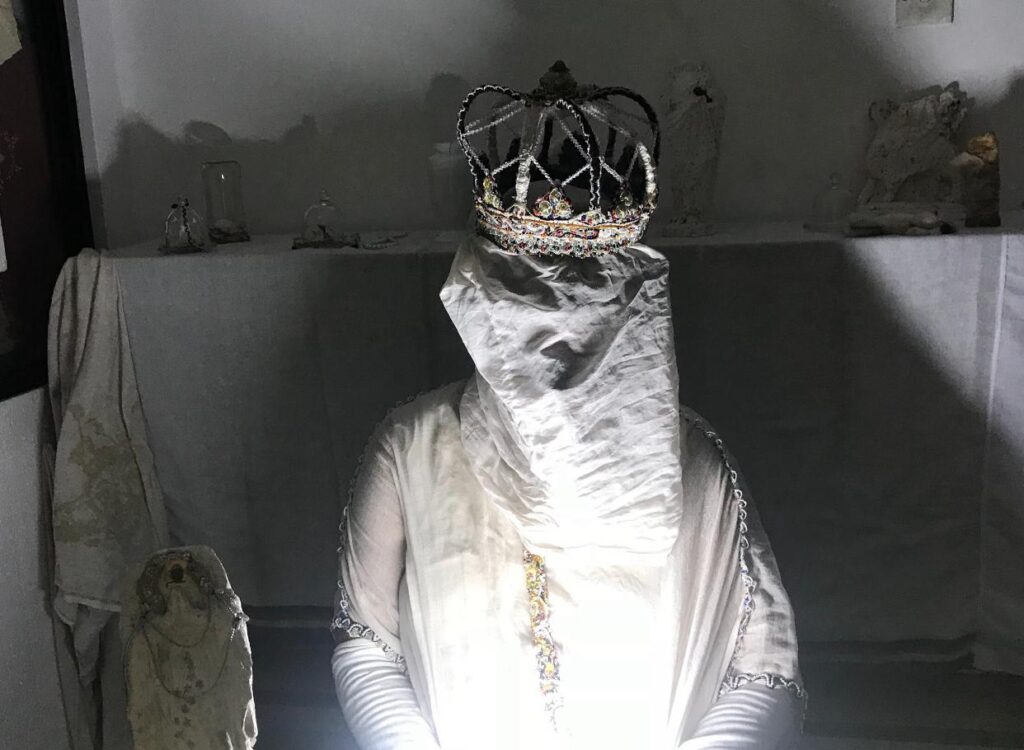“ memory requires one to act In away that seeks in questions of both the divine and human covalent partners” ( Elie Wiesel : Night) ( an auto biographical book written by the author about his father and his life shared as a holocaust survivor)
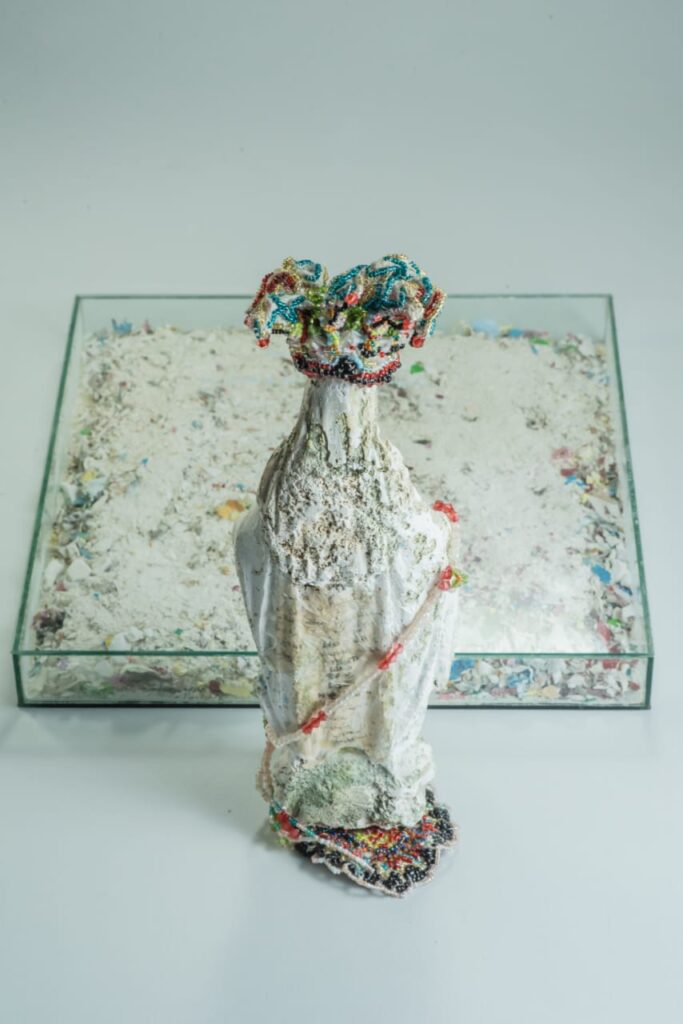
Memorialization can be served under multitude of frame works. Contributing in facilitating reparations, truth telling ,documentation, reconciliation and as a mere dialogue between past, present and promise for future; as a being of instrumental , symbolic gesture. Yet with the amnesiac policies, principle, historicizing these subjects succumbed to chrono phage annihilations of its symbolic embodiment into a decorum of animosity.
Yet after many years of civil unrest in Sri Lanka reconciliation ,truth telling and healing has moved into subtractive agendas within the multitude of power plays . Violence sanitized by the state into modules of amnesia. Identities yet again served in the form of confused victim and perpetrator legitimacy . many assertions of new frameworks of this identity where the power holders change and decide who should be the victim and the perpetrator .
As an active tool how “memorialization” is been utilized for glorification, partial remembrance, identity depletion, part of amnesiac agendas and as pivotal sites/landmarks for historicizing ( these sites actively glorified after post war as touristic sites , which is been further elaborated part of “black tourism” (term coined for post war active tourism exuberance happened within Northern and Eastern parts of Sri Lanka).
Memorials commemorating the departed L.T.T.E members ( “thuyam illam”/ “ home of illam”in kilinochchi) and civilians that were force of resistance were destroyed or evicted . Such as; memorial sculptural installation created in the Jaffna university was demolished recently year 2021 and a new state new structure as a memorial is been reinstated , departing away from the initial narrative of its creation. There is a massive plague of sanitation in north and eastern parts, claiming new sites and areas as states own amplified archeological/ historical sites marked symbolically by these memorials.
In the year 2019 occurrence of the Easter bomb attack in Sri Lanka( Islamic terrorist attack on Easter Sunday ) led to a new open ended dialogue on perpetrators and victims ( weighing towards active conspiracies upon xenophobic structures) . State once again leading the country in a mission of reinstating justice as well as igniting a new form of “ patriotism” as a mandatory act, into its usual pinpoint analogy of servitude .
Immediacy to build new memorials within the churches that were attacked occurred as a new element . The cacophony of newly formed commissions which carry out jurisdictions to the Easter attack hearing , turned into a mega serial in popular news telecasts by media stations . State yet again covering their tracks , diverging the truth and playing with the amnesiac attempt of sanitation. Human rights violations , reconciliation and justice to the families yet again perceived as a mere folly.

My research and process embarks on a journey from the newly formed memorials within the Churches . How destroyed icons we’re reinstated in a form of archaic material/ objects within the Church. A newly formed museum structure, preservation of the traumatic incident added as a new embodiment within the architecture . These materials were reinstated as objects of newly reformed ontological presence of Anthropocene, memory, and identity
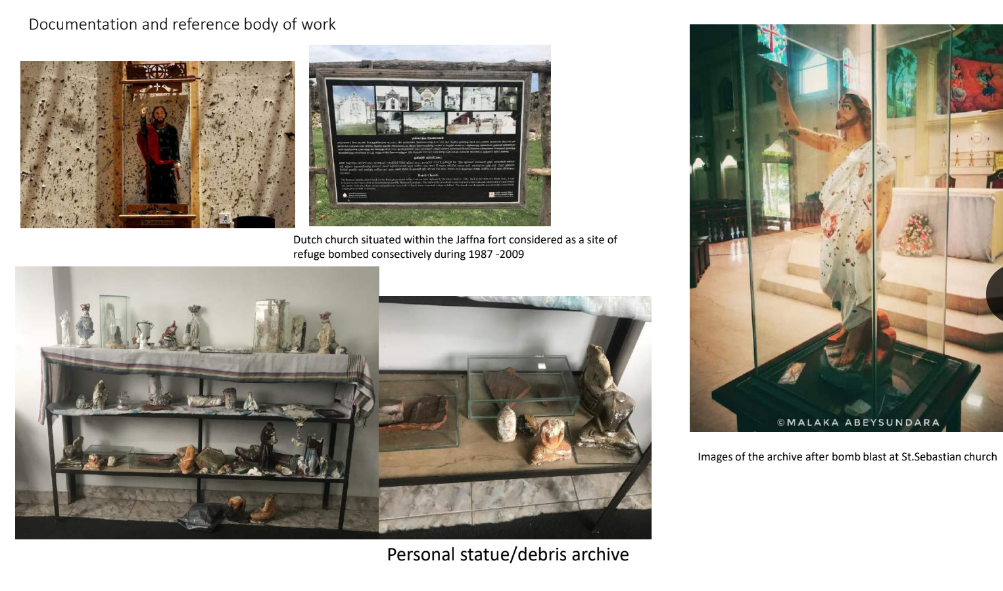
Collecting idols from these sites , or idols abandoned from places that maps to past locality of 1989 JVP insurrection period’s torture camps “batalanda” ( during JVP insurrection period the state carried out a brutal wipe through , memorials were never built and the entire judicial justice system failed under political agendas) , sites from Jaffna . My process of collecting carries an anthropologist overview , selecting sediments and establishing new dialogue of their identity. Do these objects formulate their own democratic identity , there are questions of their archaic presence. A new identity that meticulously frames a dialogue upon “ the attempt of forgetting” . Heinous attempt of white washing and truth telling .
Yet these sculptures carry a new formation that interlayers a formation of identity universality and tradition. The introduction of embroidery, a form of ornamentation which is part of the southern ritualistic performance tradition. Under guidance and apprenticeship under artisan Somapala Pothupitiye and Contemporary artist Pala Pothupitiye. I have begun to research technicalities in ritual costume designing. The tradition also reveals many layers of my previous expeditions into folk performances in Southern parts of Sri Lanka.
“ Searching for my mother” is a series which began as a quest of inquiry to understand and revoke the role of matriarchy in the context of “ mother” in Sri Lanka. Through many layers it has been a constant struggle to understand misogynistic attempts that frame the notion “ mother”. Through my mothers memory as a key window opens new dialogues with history and identity structures of gender and sexuality in Sri Lanka .
Later on the work developed further with my urge to understand Sri Lanka’s cultural and identity blurred under its diverse history of performative studies. My encounter with southern ritualistic practices was its deep roots in these cultural diversities . Southern ritualistic art form has many lineages which connect back to the early dwellers of the island to Orissa, South Indian performance arts. It has constantly moved into embracing hybridity which could be seen later during colonial times.
Looking into “ southern performative tradition in Matara district” ( a coastal region in Sri Lanka) which is the longest deep rooted of the three provincial branches(Raygama, Bentara, Matara). Somapala Pothupitiya has been the last artisan(Navandanne or artisans whom has mastered nine skills ) of the lineage who works deeply still with ritualistic practices. My work embarks on a journey as his apprentice to understand this tradition and maybe create a dialogue to rediscover the past which is disappearing.
These intricate patterns within the tradition creates an embodiment of healing , cosmic connection to the debris collected . Reinstating their positioning for the futurity . Each stitch requires a certain precision of conservation of these objects. Making these objects create an ambiguity of , what has been historicized , what has been conserved in archives. These objects/debris embodies these ornate embroidery patterns ;which carries a psychotherapeutic healing , cosmic connection and breath of life. Reinstating their positions for the futurity. Each stitch requires a certain precision of requirement to create a sense of conservation , archiving . Making these sculptural forms carry within themselves an ambiguity of what has been symbolically historicized , what is been succumbed to the amnesiac decorum
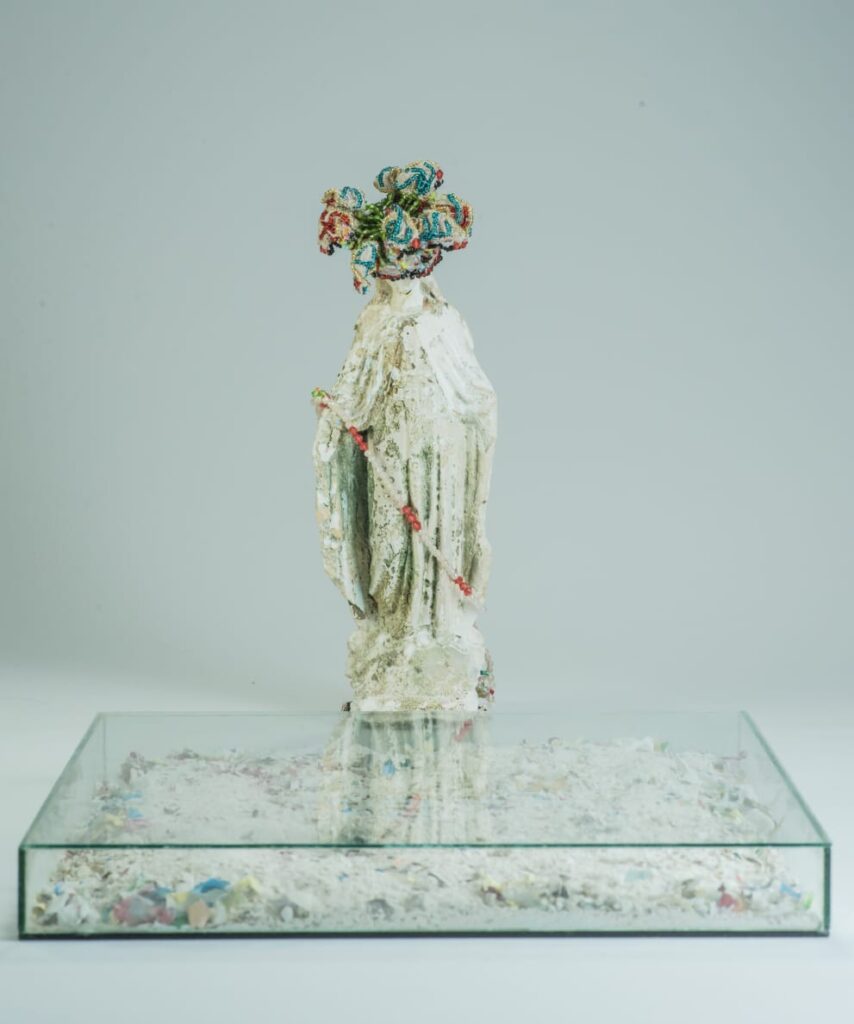
2020
Plaster of Paris, glass beads , plastic beads, wire,
Japanese rice paper
29.5cm (h)

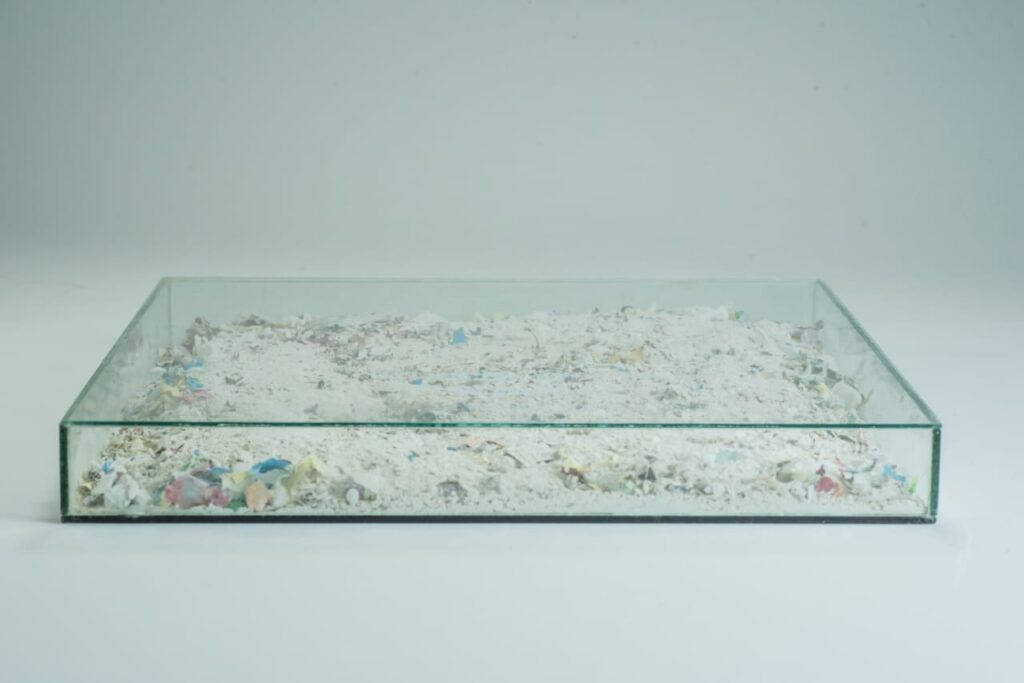
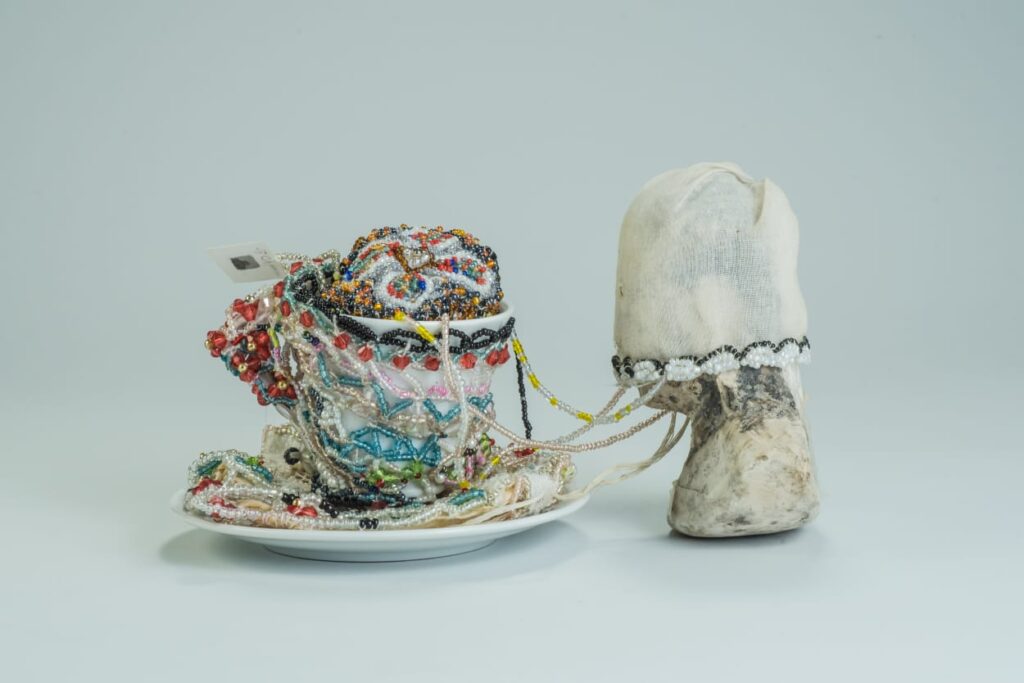
Mixed media including plaster of Paris, porcelain, glass & plastic beads, cloth and tea filter paper
11.5 CM (H)
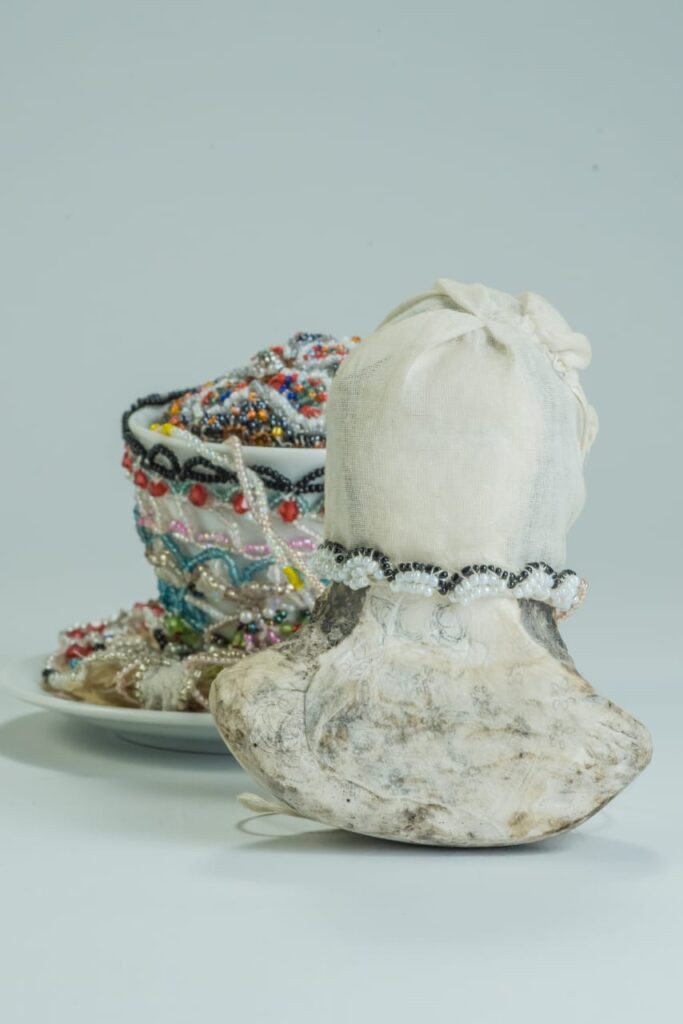
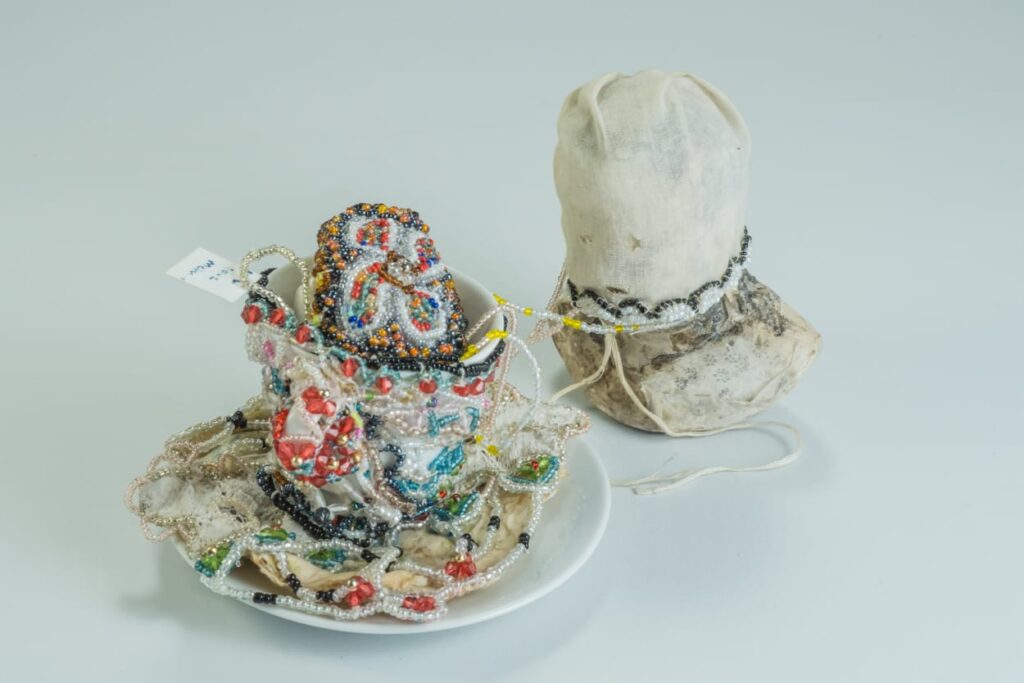
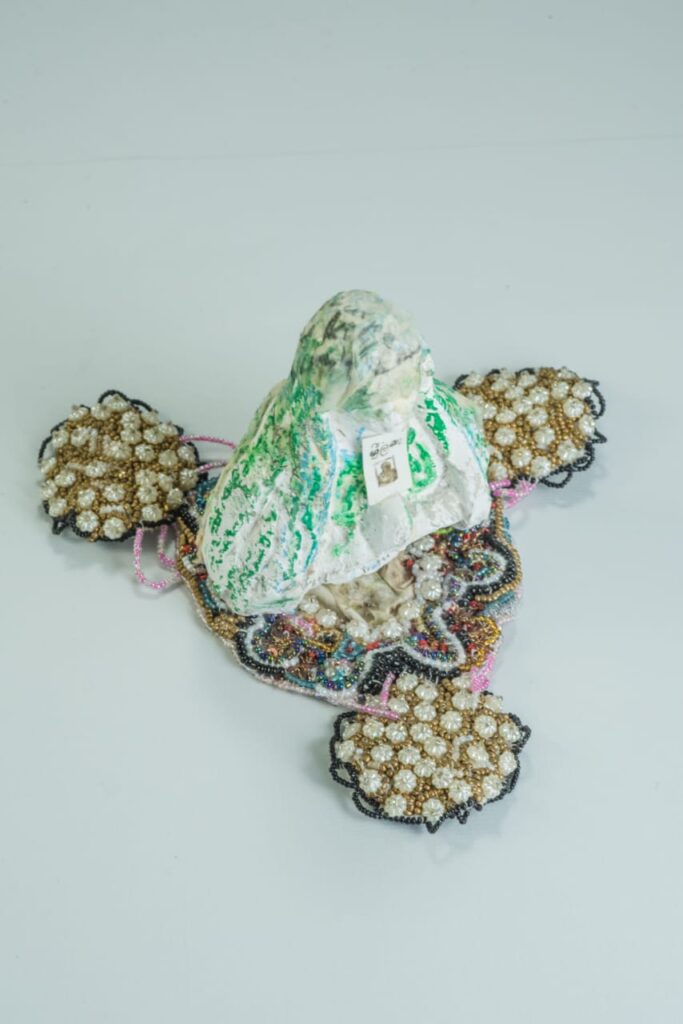
Mixed Media including plaster of Paris,
glass & plastic beads, cloth and tea filter paper
12 cm (h)
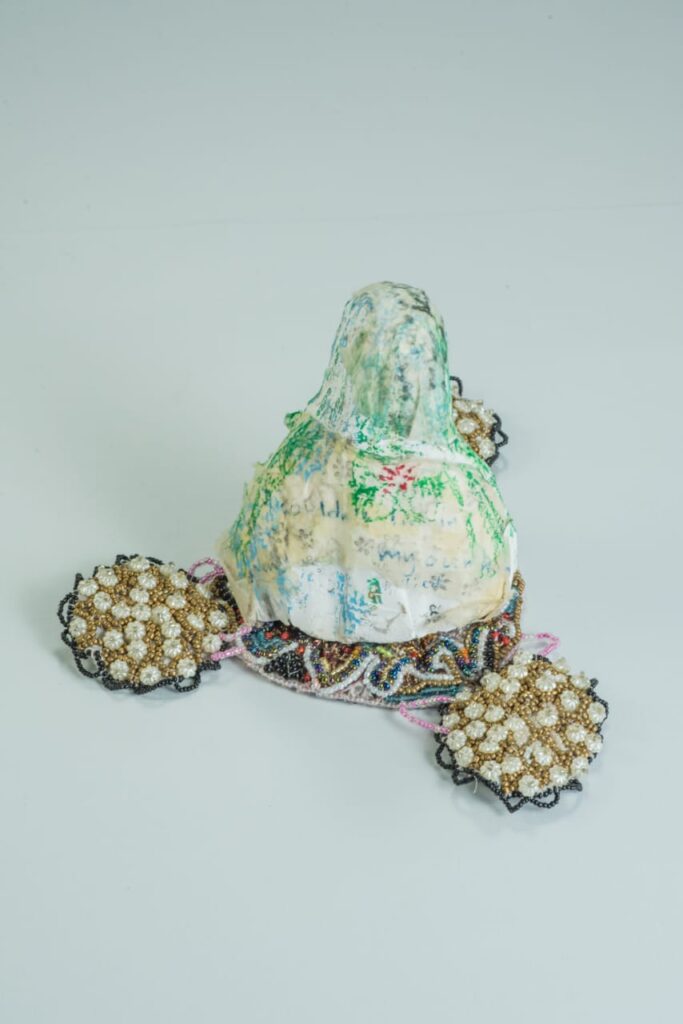
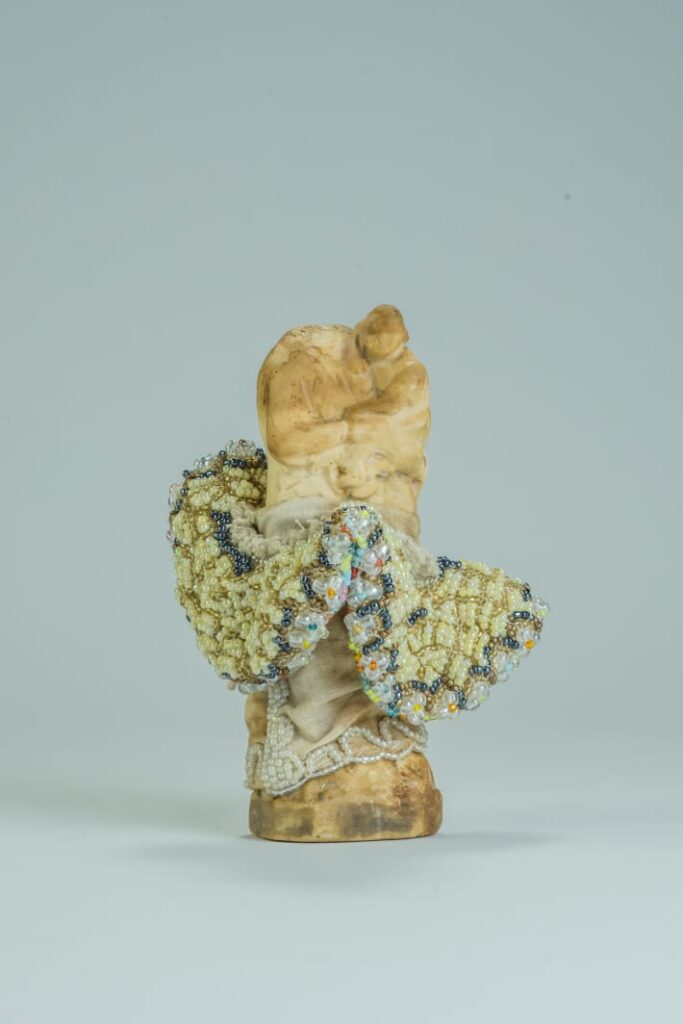
V, 2020
Mixed Media including plaster of Paris, glass & plastic
beads and cloth
14 cm (h)
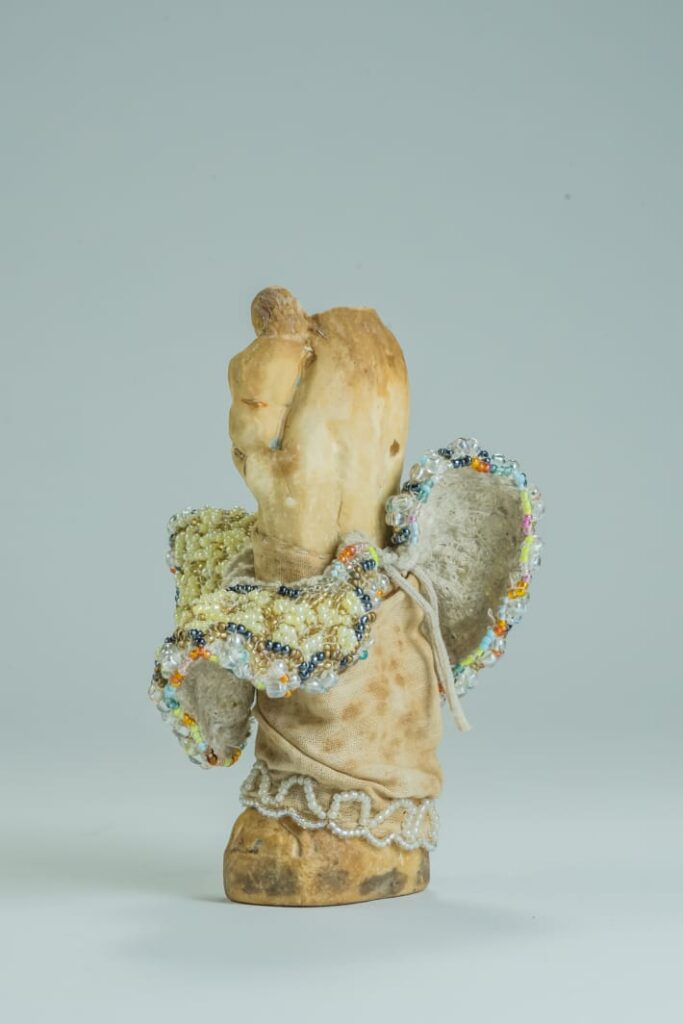
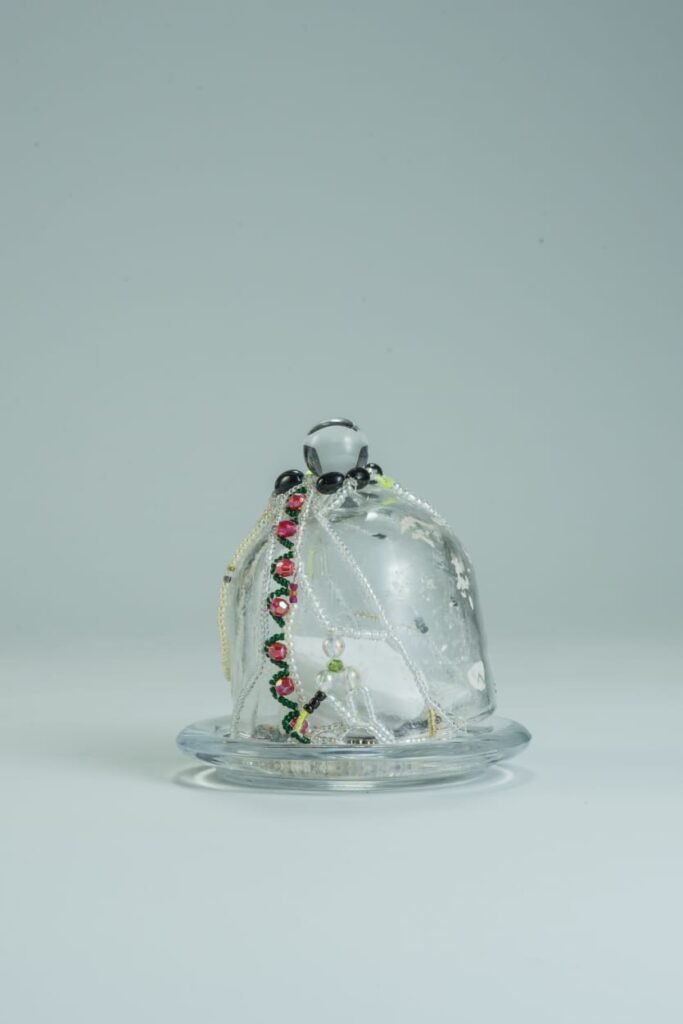
Mixed Media including plaster of Paris, glass & plastic
beads and cloth
14 cm (h)
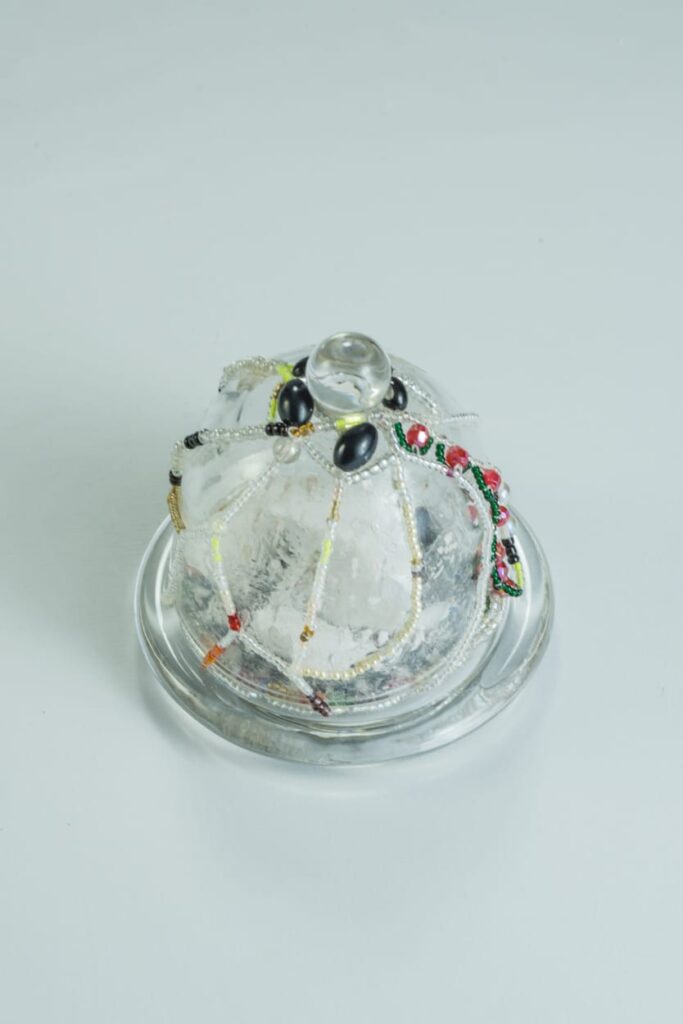
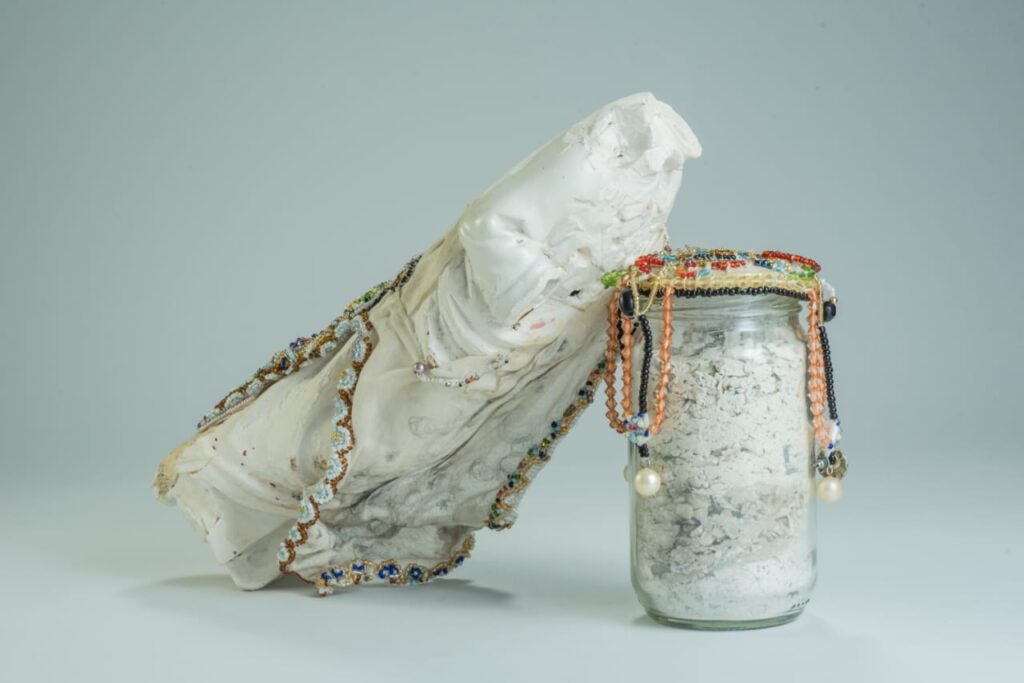
Mixed media including plaster of paris, glass and plastic beads, cloth and glass,
18.5 cm (h)
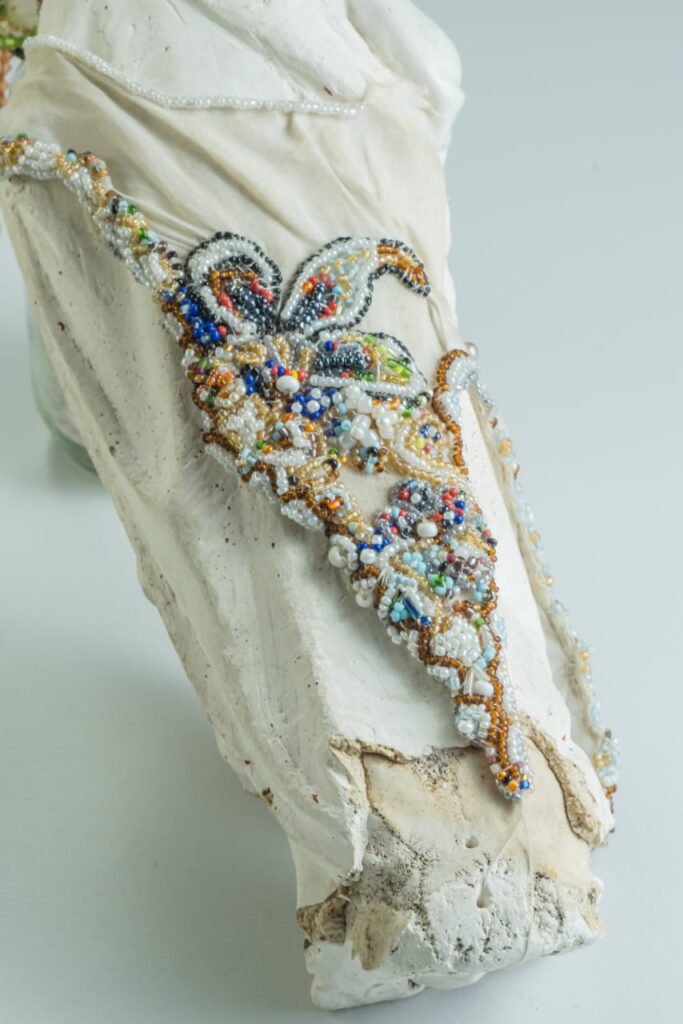
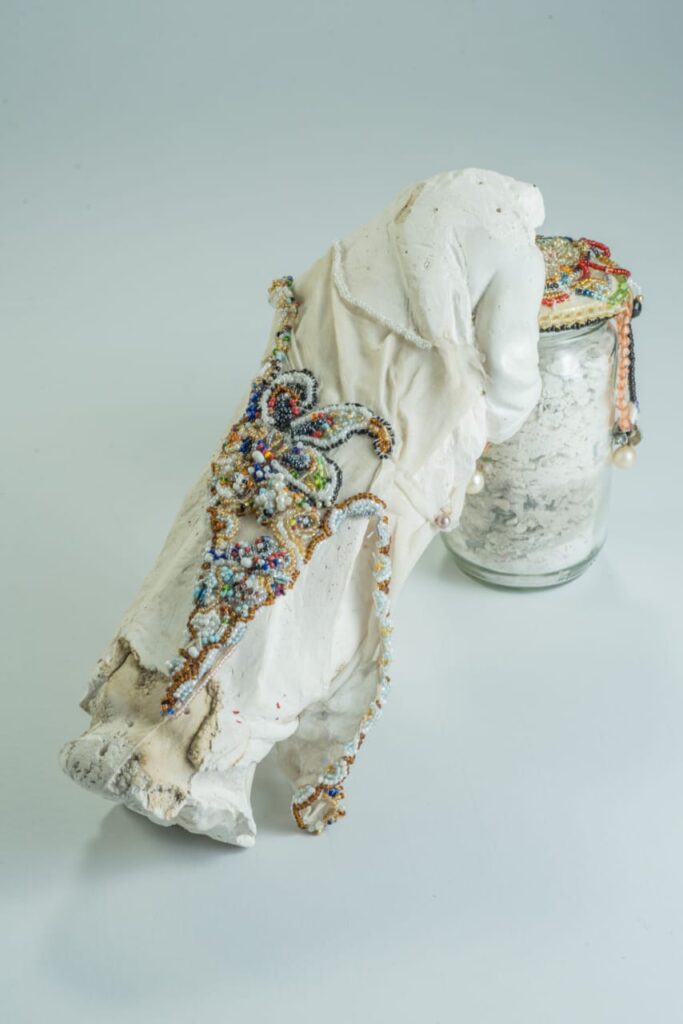
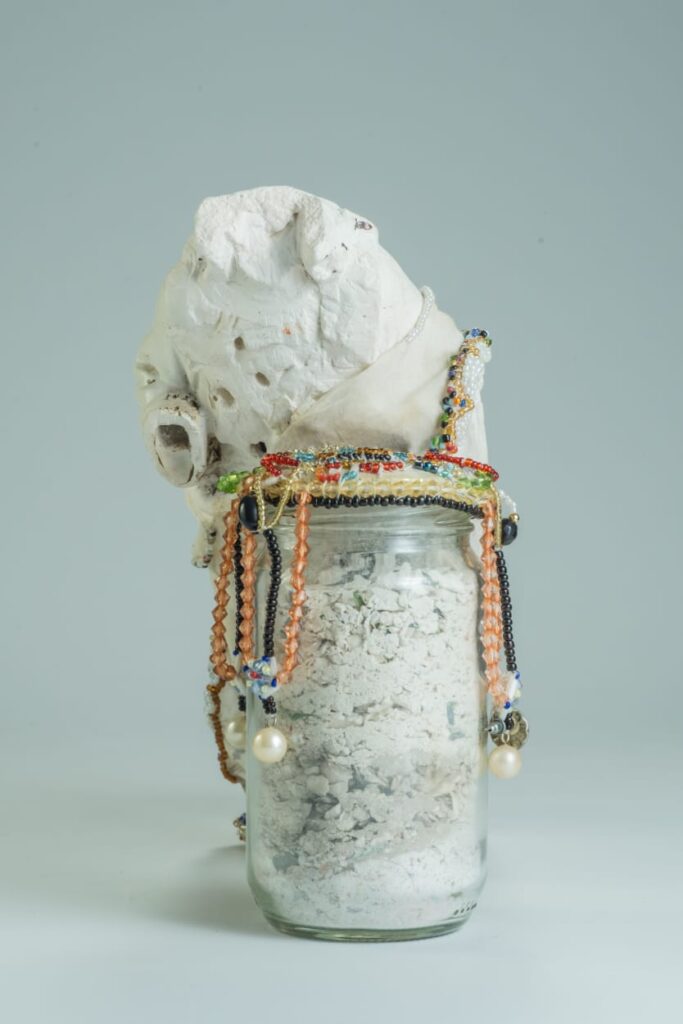
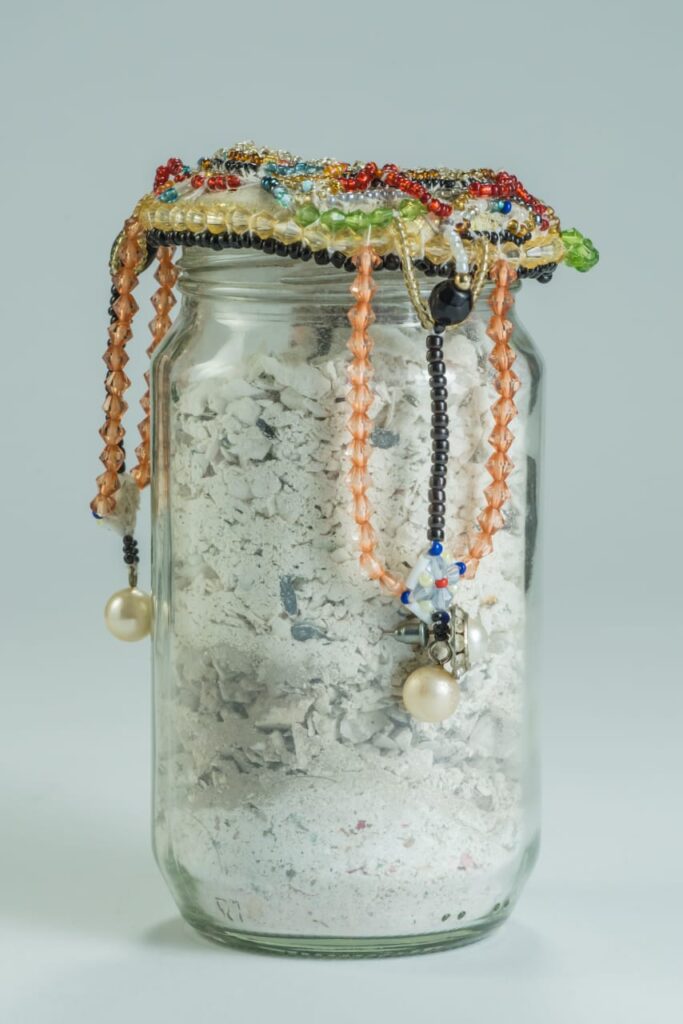
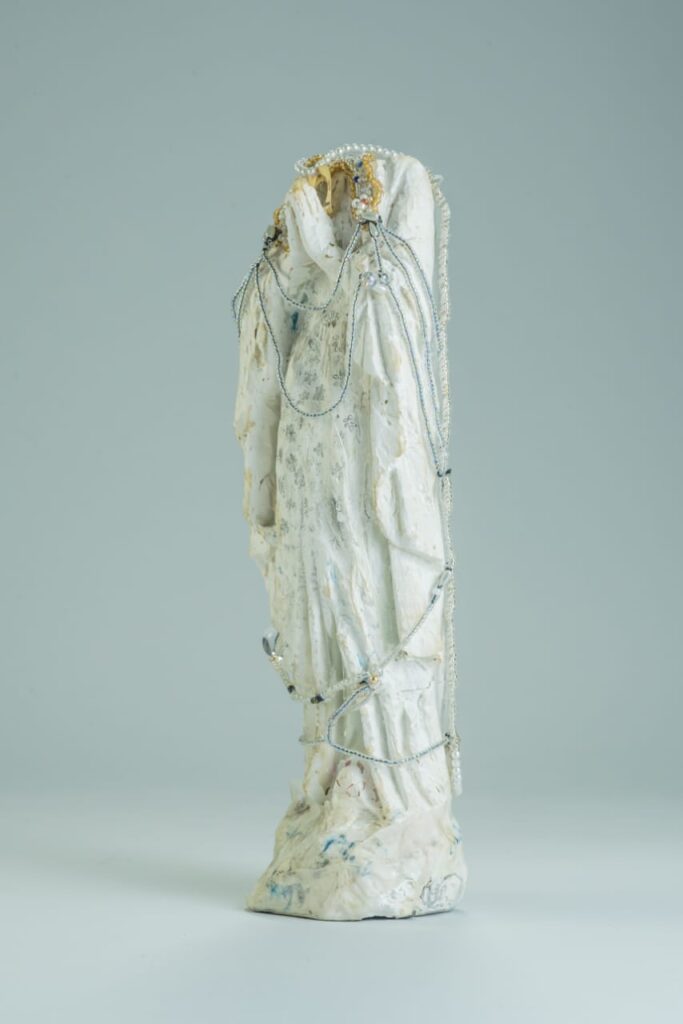
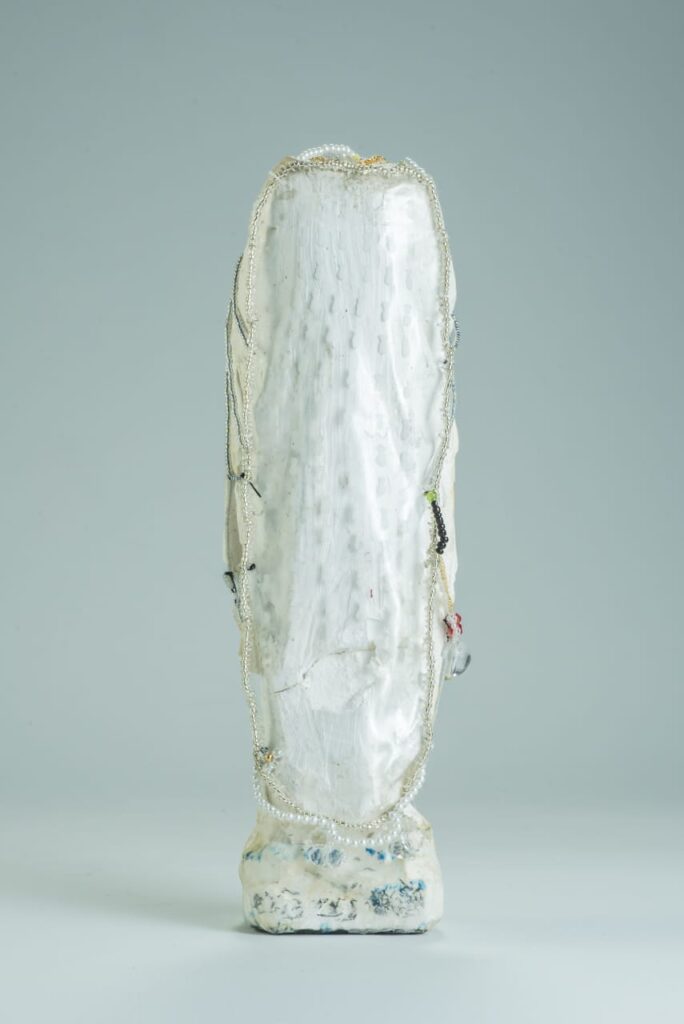
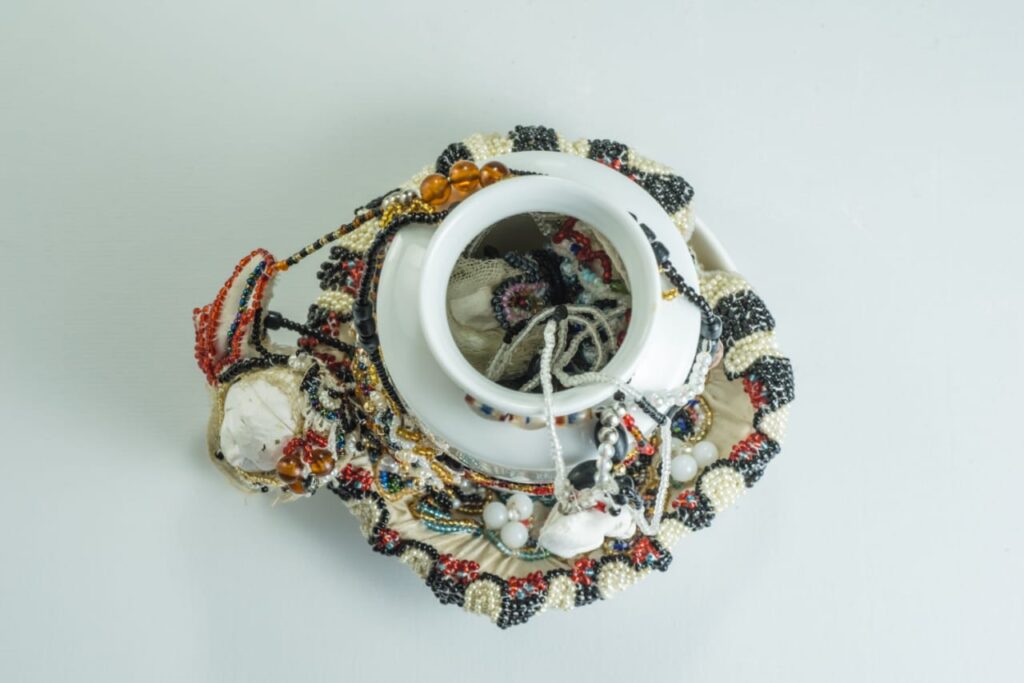
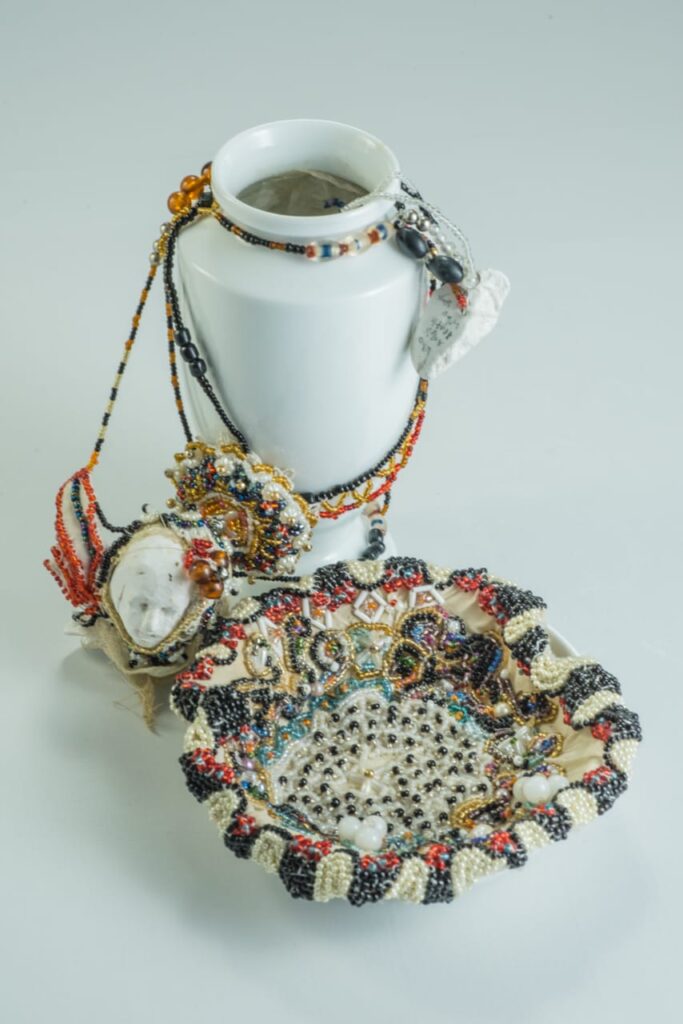

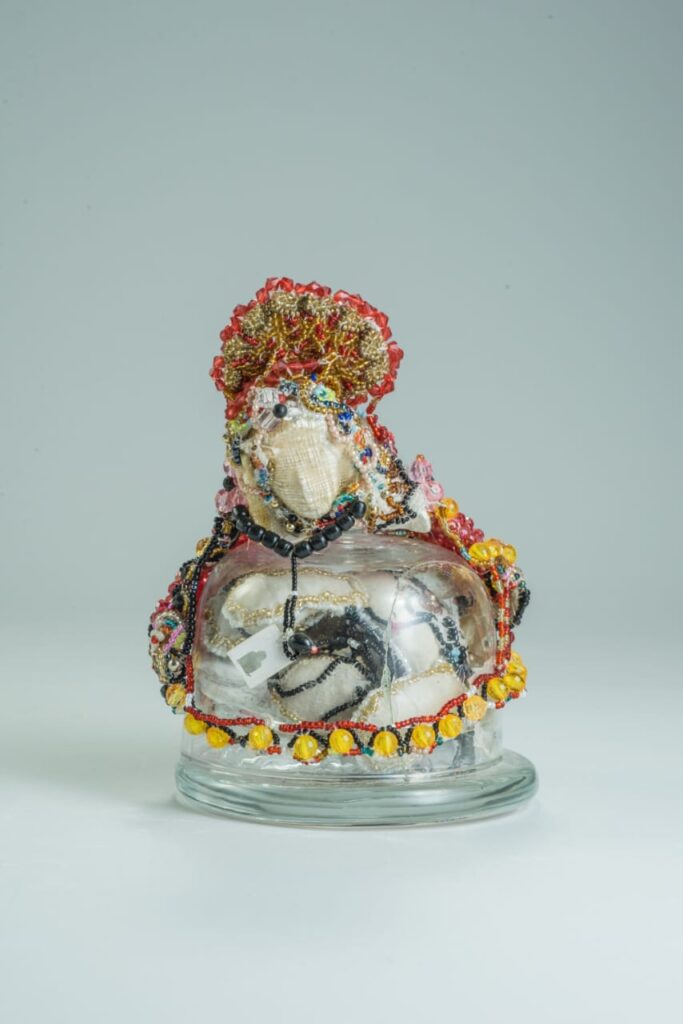
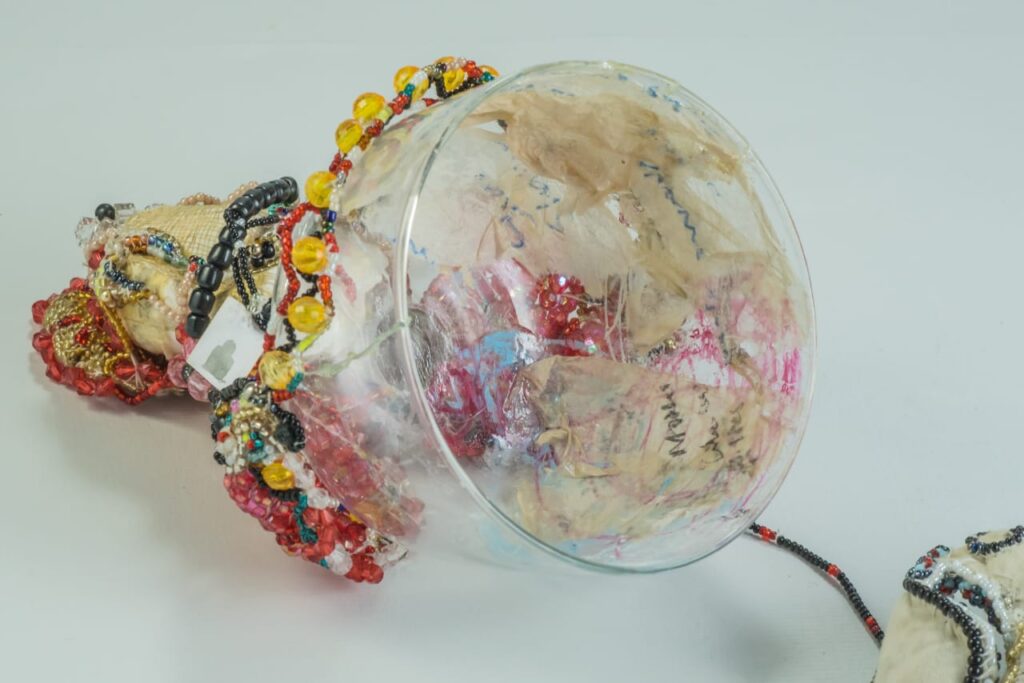
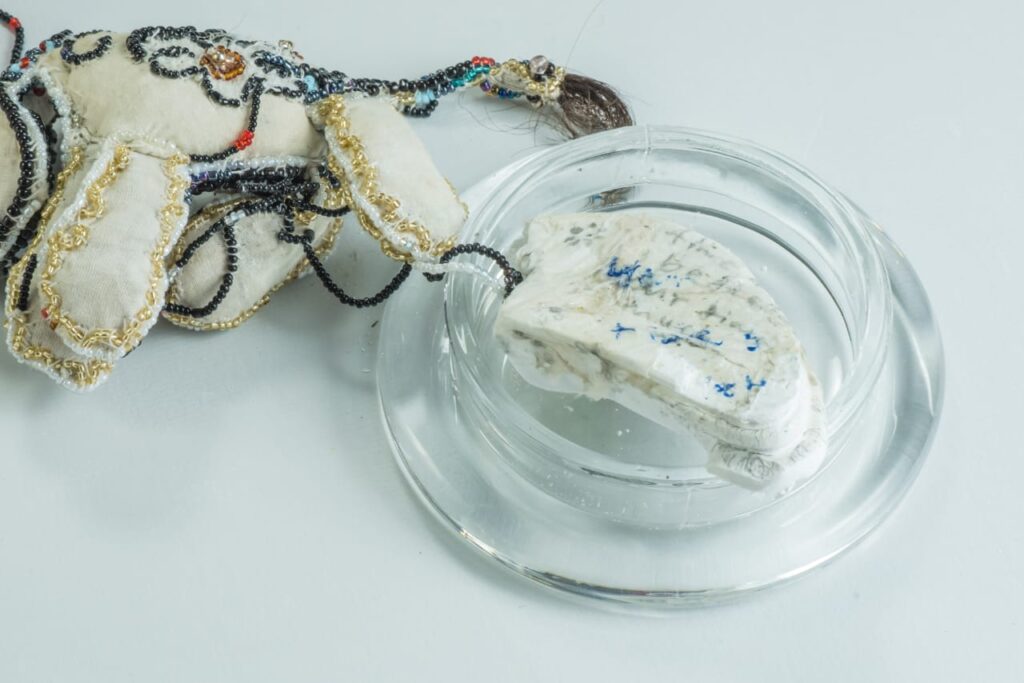
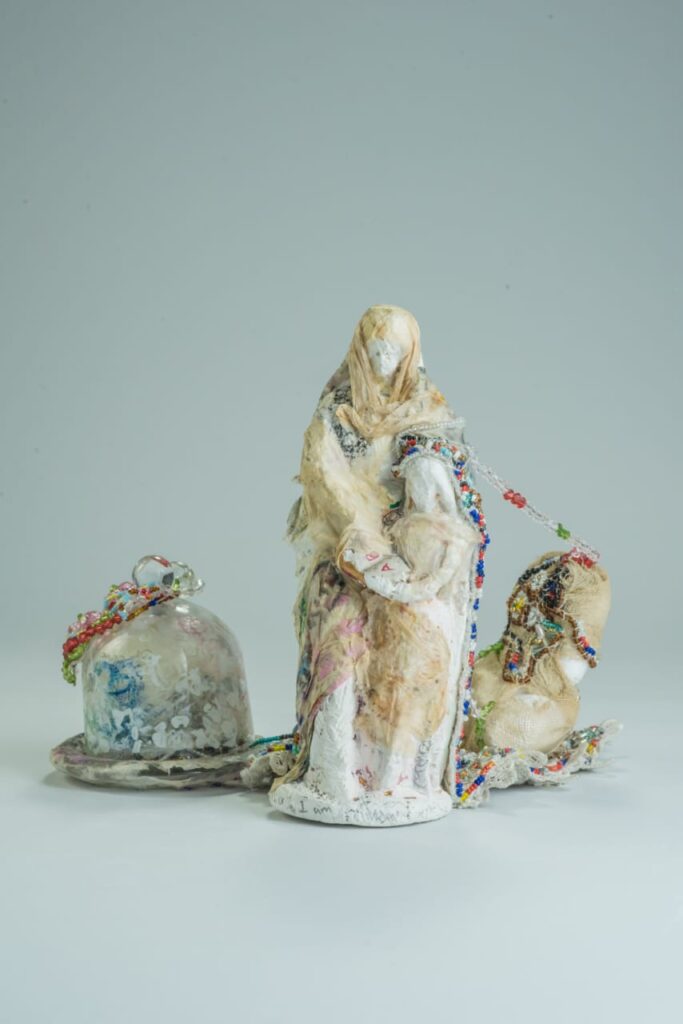
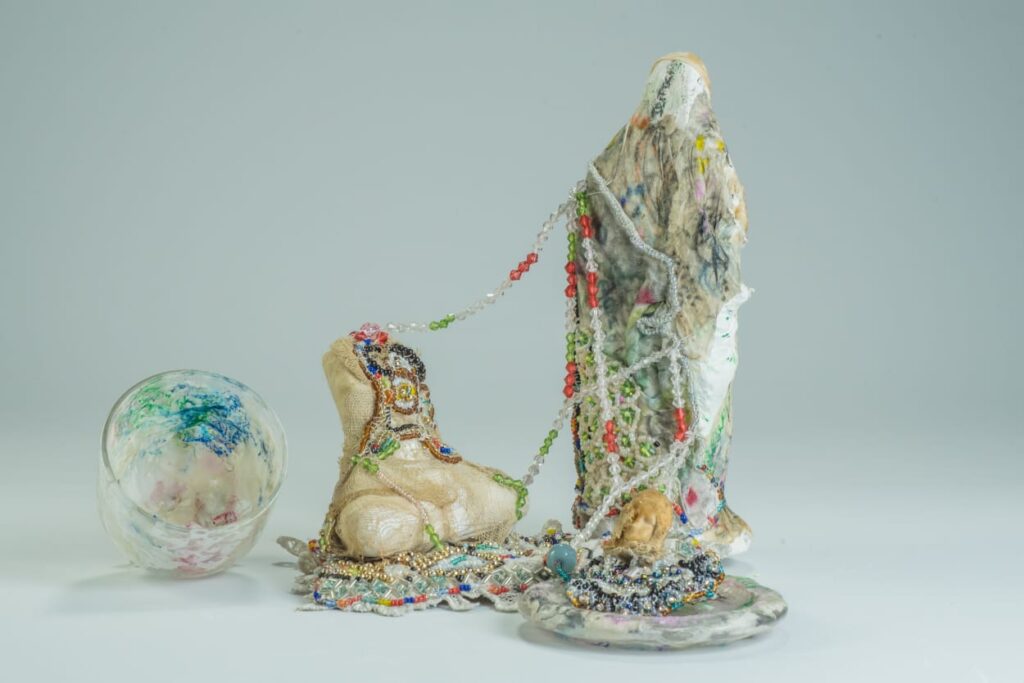
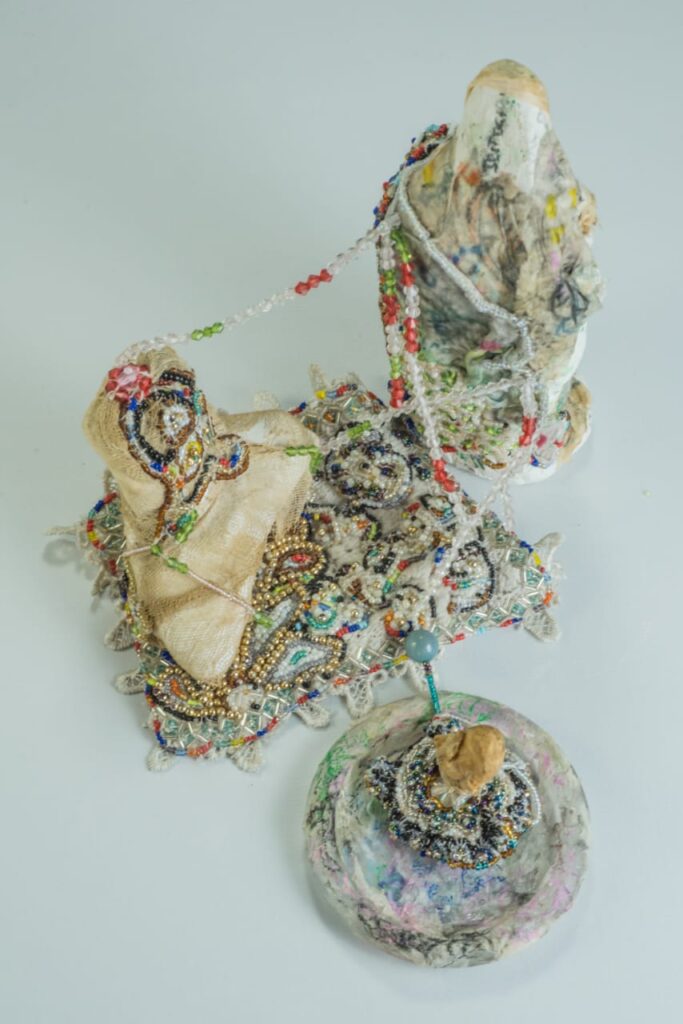
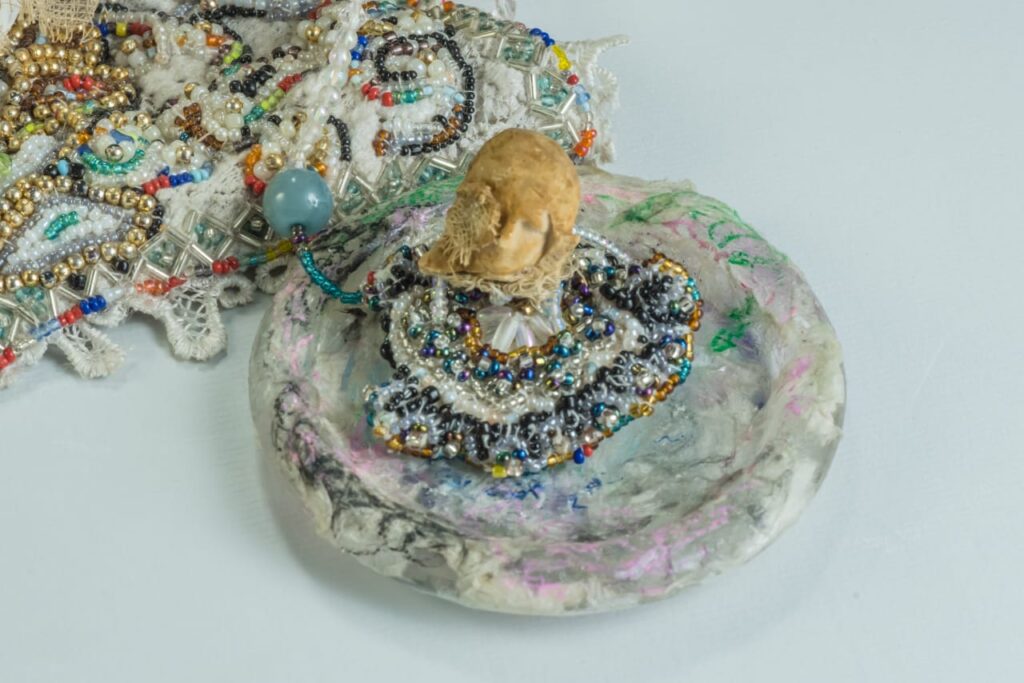
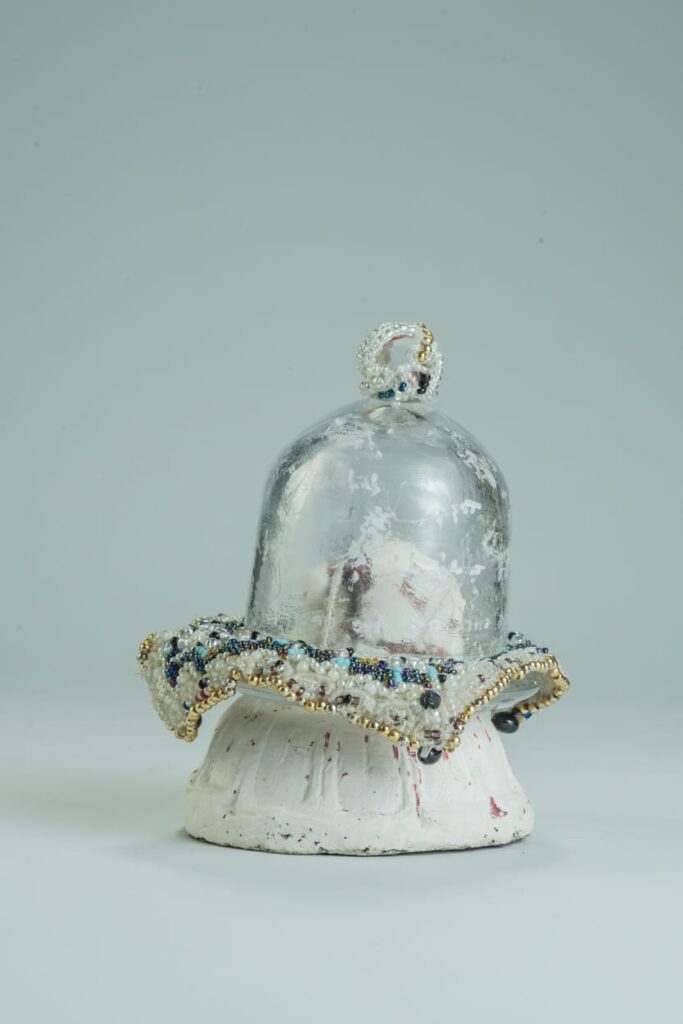
Mixed media including plaster of Paris, glass beads, plastic beads, human hair , polythene cloth, screen print
14.5cm (h)
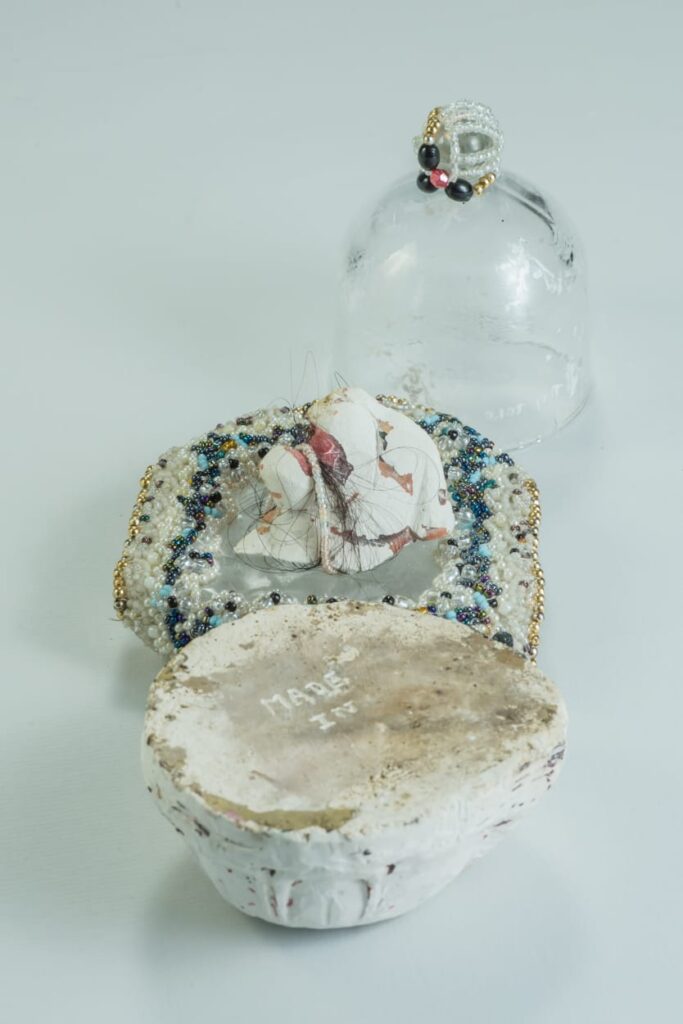
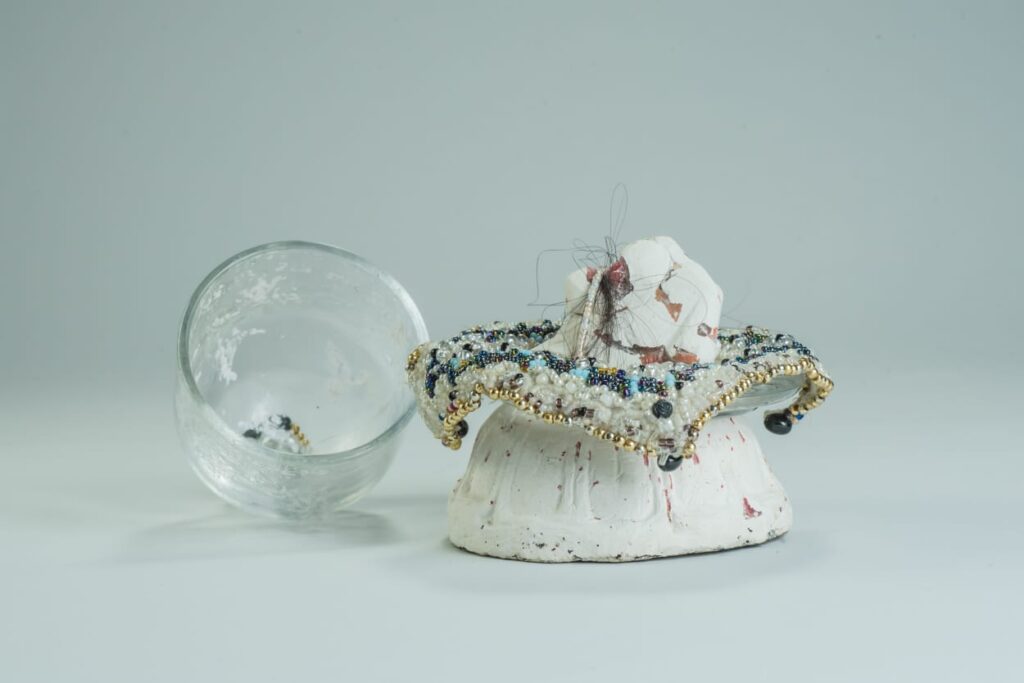
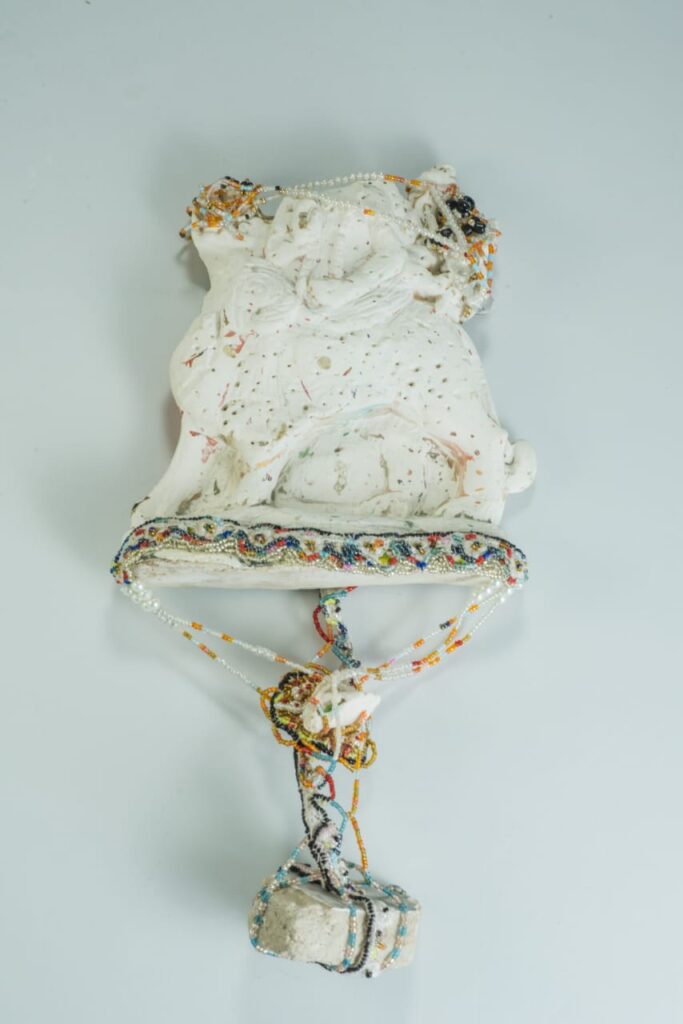
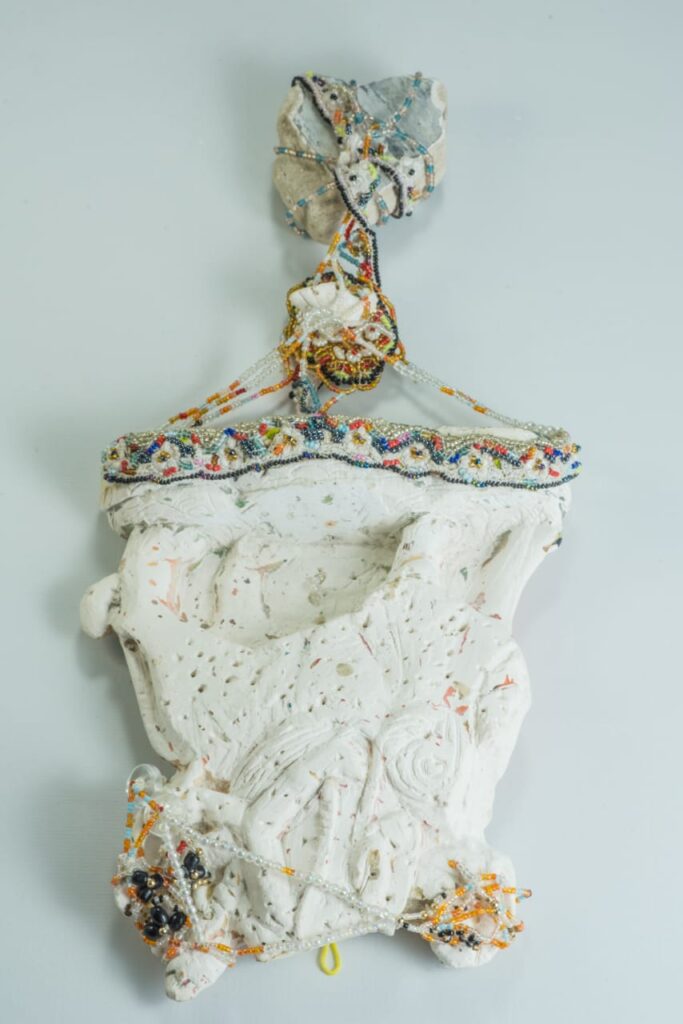

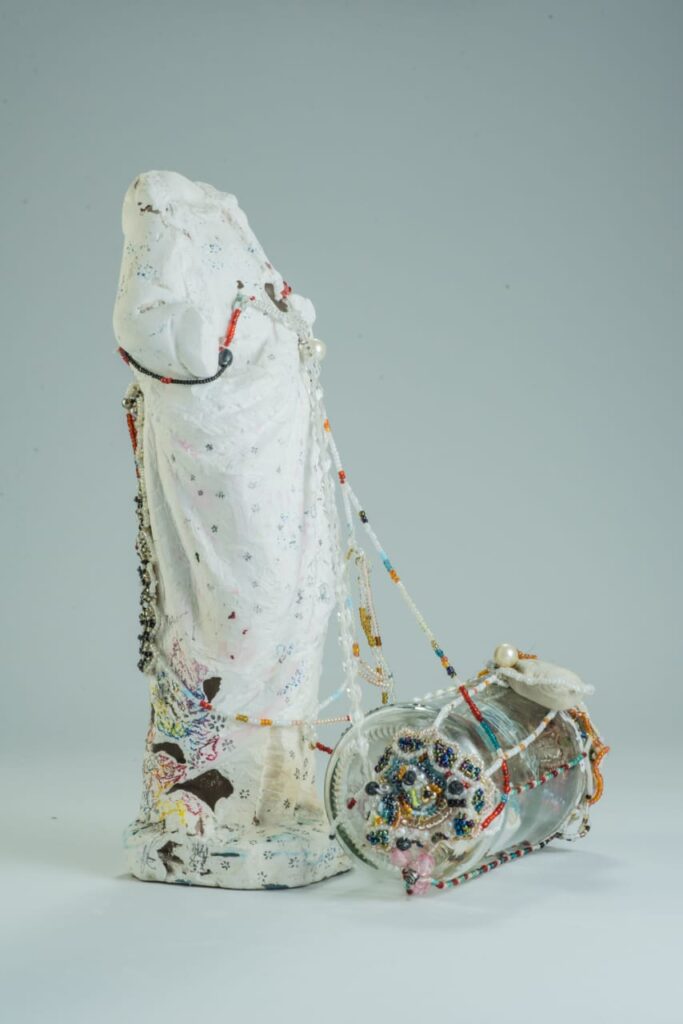
Mixed media including plaster of Paris, glass,
glass & plastic beads and cotton cloth
28 cm (h)
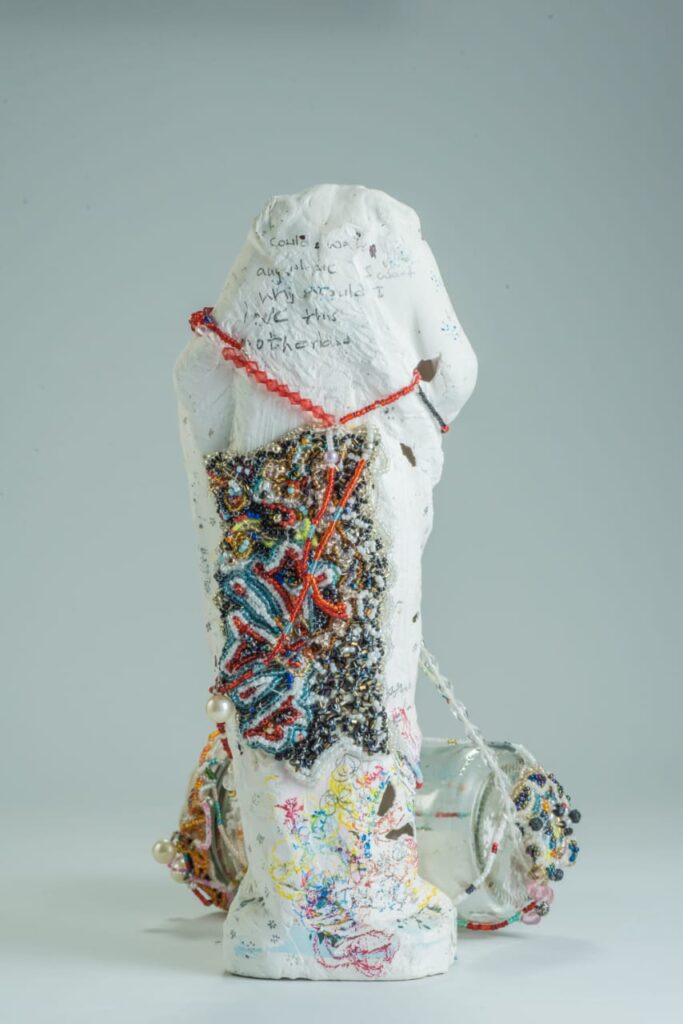
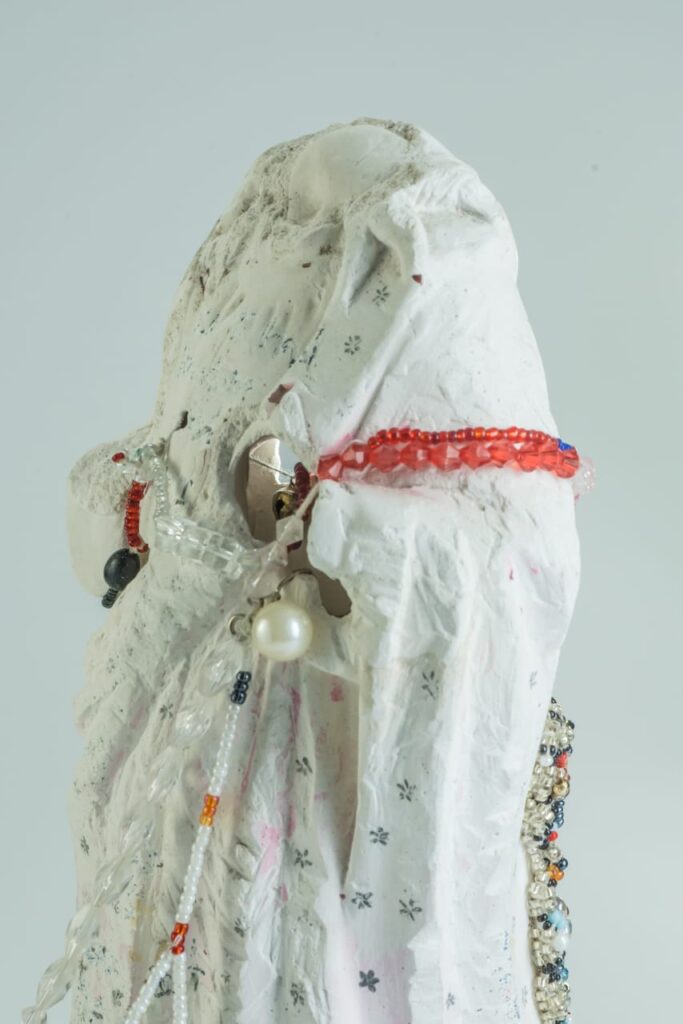
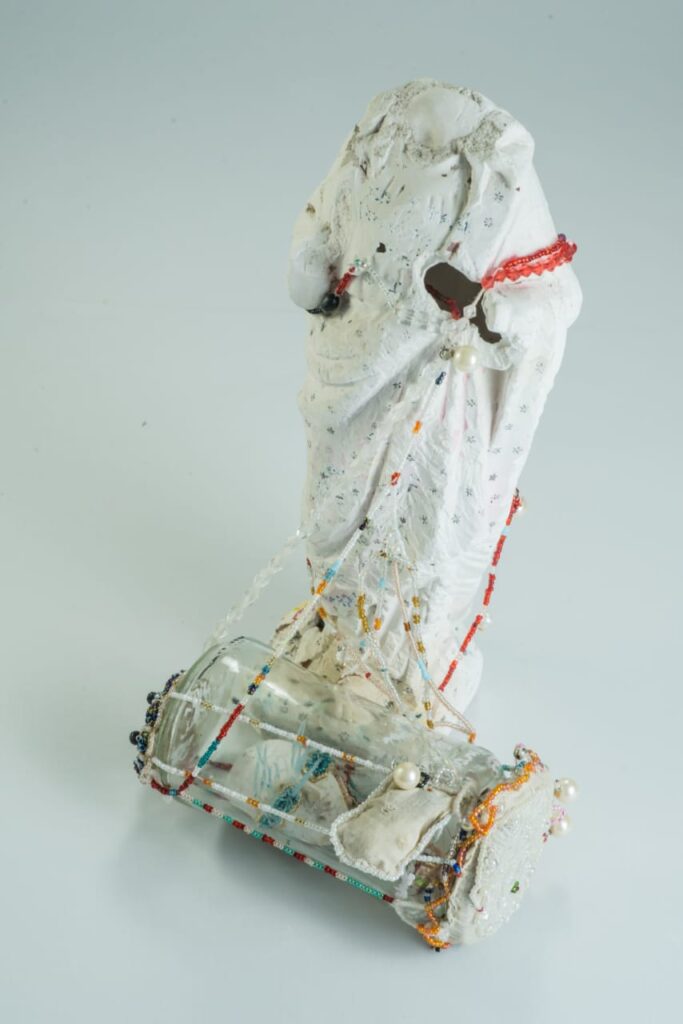
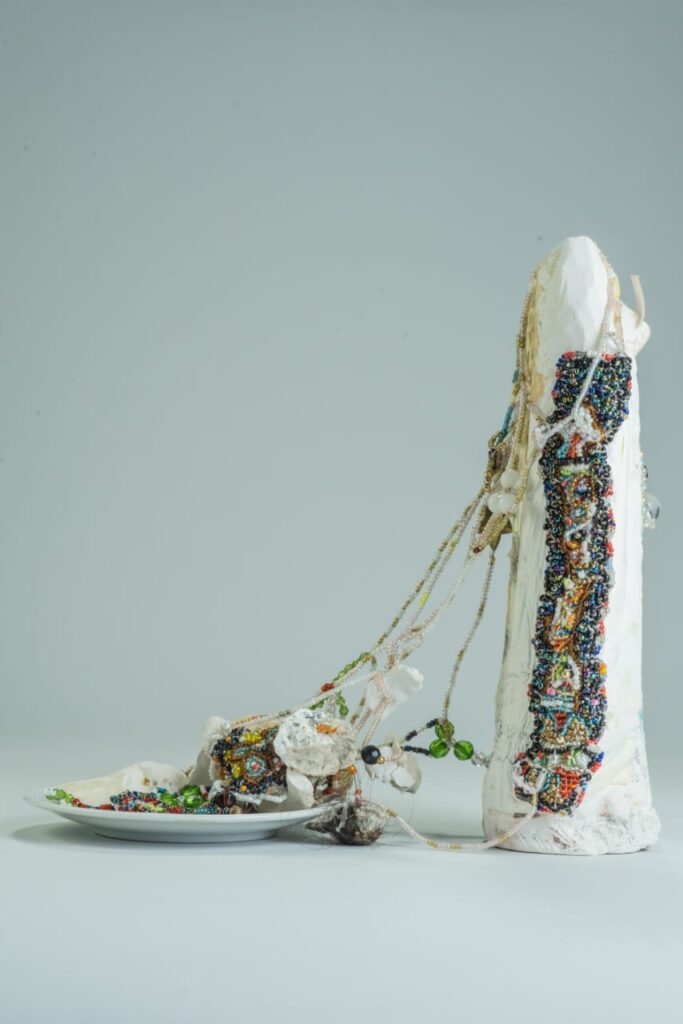
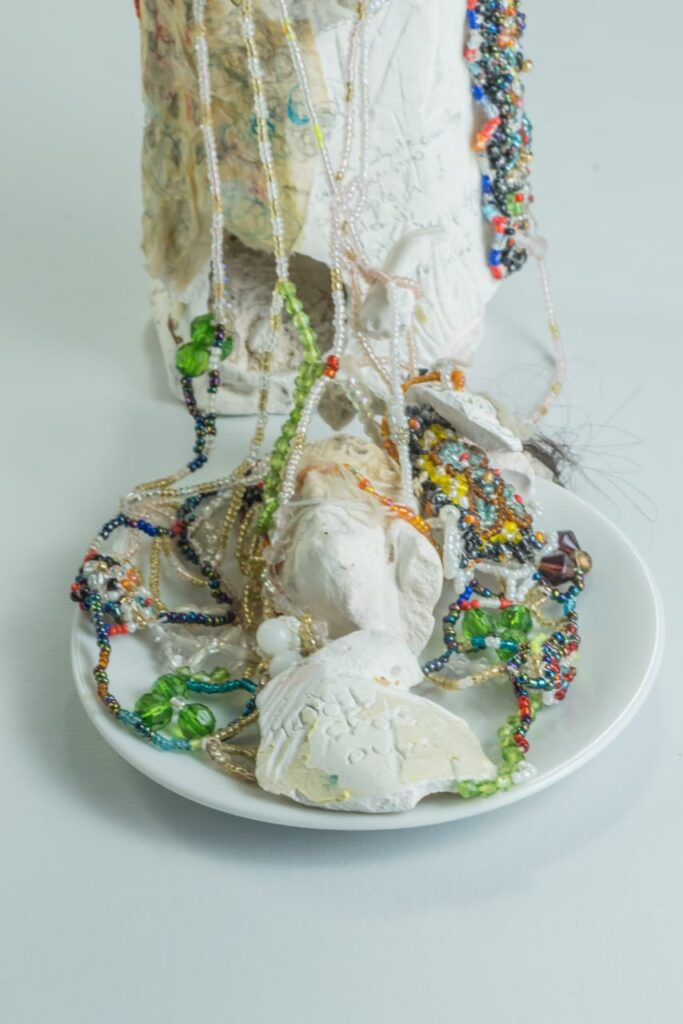
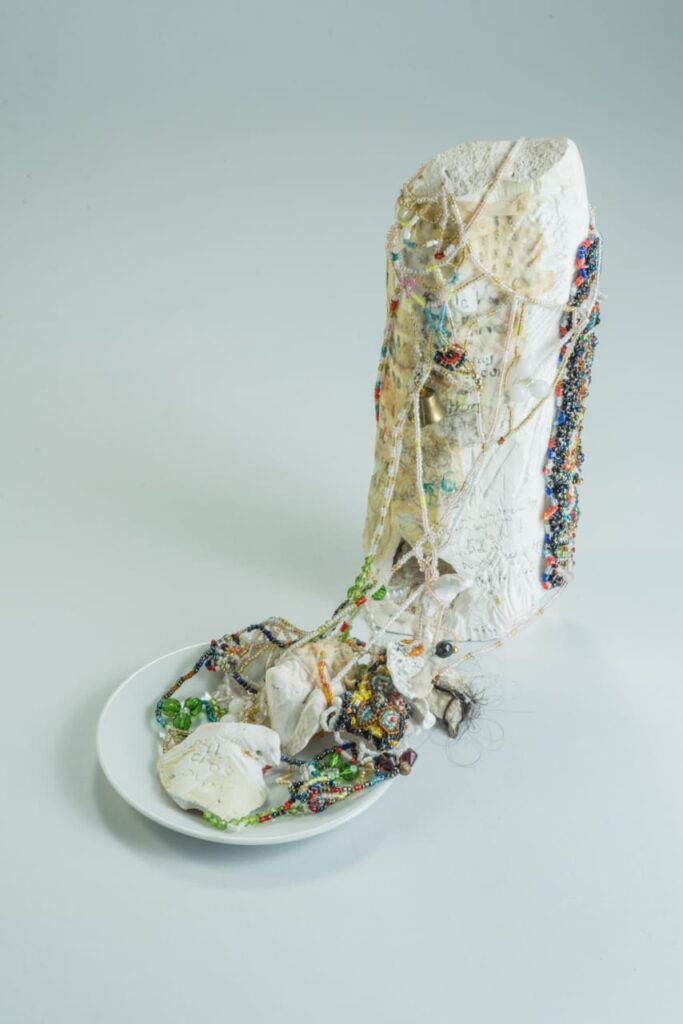
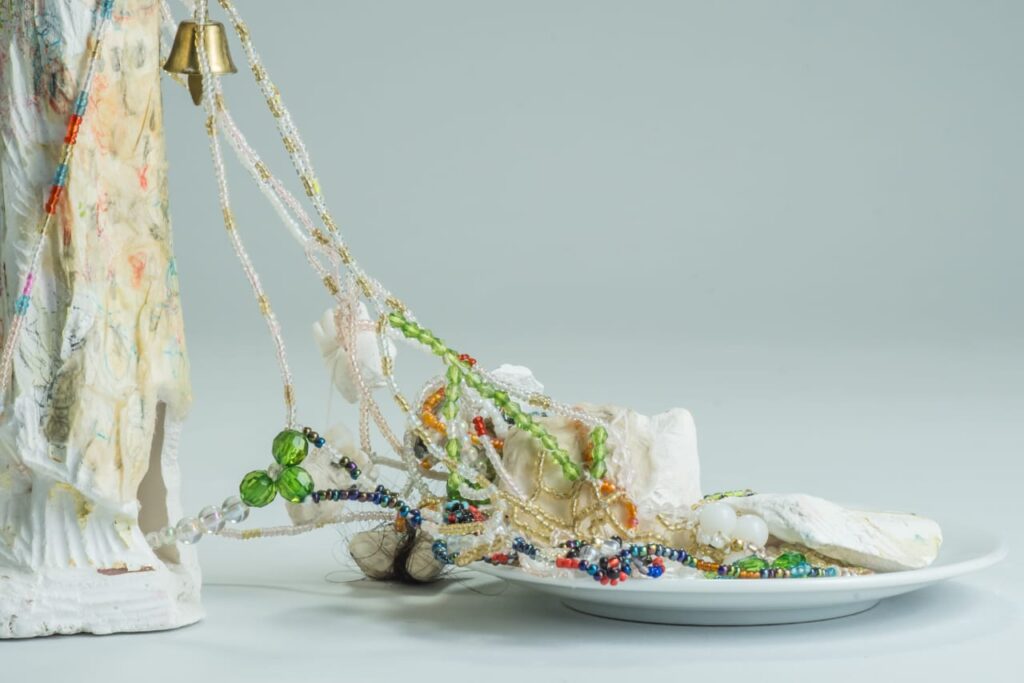
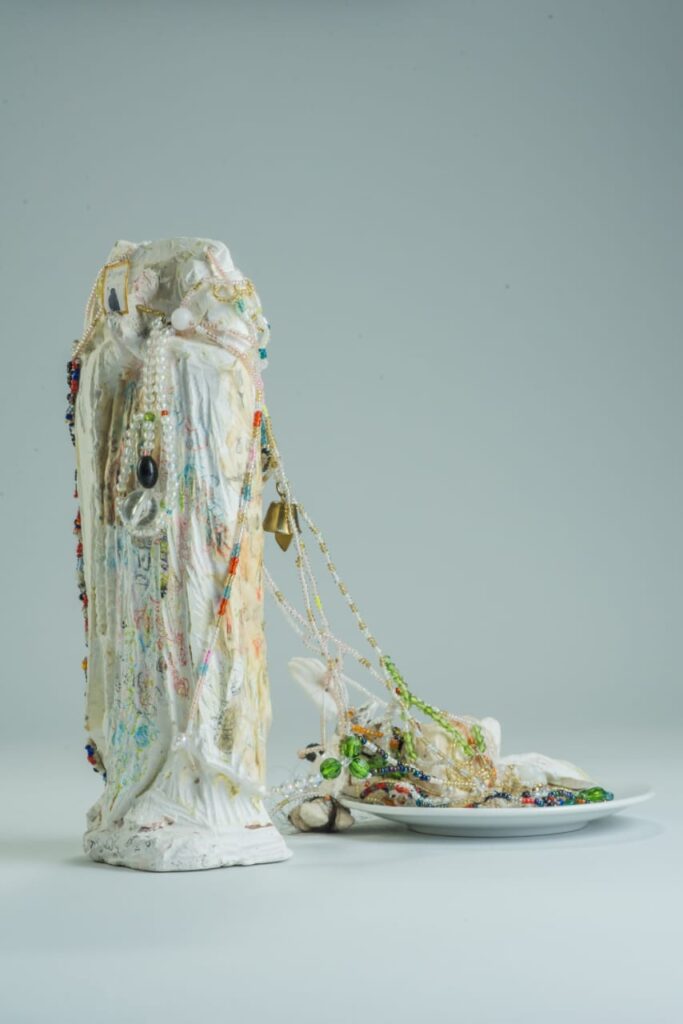
“Bling” (2020 onwards) is a series of performances created around these sculptural repertoires in a performative activating installation. Re contextualizing structures of cultural identity, nationalism and gender normative developed gradually to create a bridge between discourses surrounding structuralism of southern curative ritualistic performances.
“Bling ” constructed under
this ritualistic backdrop showcases absurd
interplay of dialogue in a manner of interrogation.
These questions fundamentally asked by the
judicial hearings of the court case about the Easter
Sunday massacre (2019) , undertaken by state.
(broadcasted state media).
The sculptures take upon the role of witnesses,
bystanders, victims of this ongoing inter play. The
installation created constantly procure clinical
atmosphere and whiteness. At given situations the
identity of the sculptural forms and the enactors
merge with each other unable to distinguish whom
mortified into numbness.
